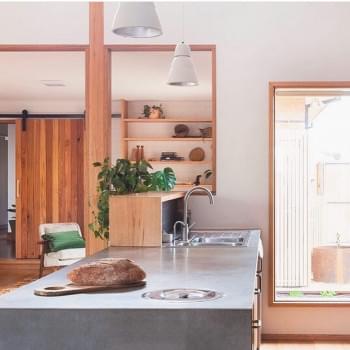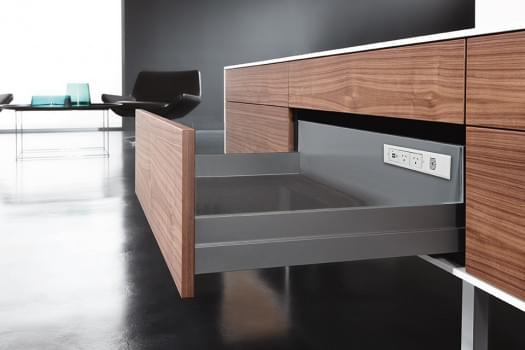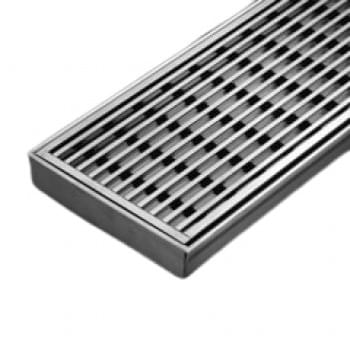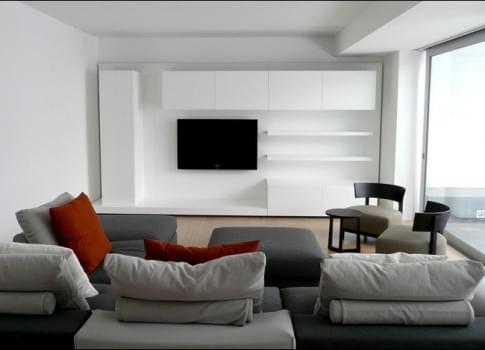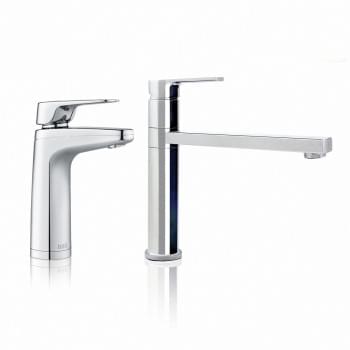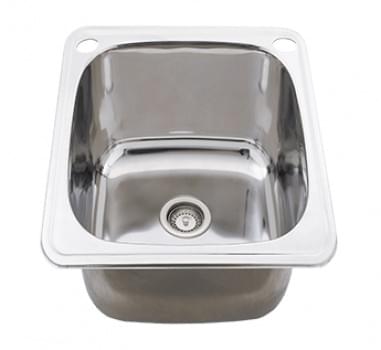-
Australia
Products in All Categories
132 Kitchen Products
Kitchen Planning Guidelines
One of the most challenging aspects of planning kitchen layouts is figuring out the best way to arrange all the elements while also taking into consideration factors such as the ability to move freely and safety. The blank surface of a brand new kitchen may initially seem overwhelming; remodelling also requires forethought around pre-existing structures such as plumbing. So, the first step in creating the kitchen is to take precise measurements of the floor space, and then arrange essential elements according to the following guidelines from Better Homes & Gardens.
Doorways and Walkways
The entryway to the kitchen needs to be a minimum of 32 inches in width. Swinging doors should not interfere with appliances, cabinets or other doors. In small kitchens, hang the doors in a way that they swing outwards instead of inwards for clearance. The kitchen's walkways should be a minimum of 36-inches wide; preferably wider if designing an open plan kitchen. In work areas, walkways must be at least 42-inches wide to accommodate one cook and 48-inches wide for multiple cooks.
Work Triangles
Work triangles are a crucial design element: they can enhance the functionality of kitchens by reducing the distance that people have to walk between the refrigerator, sink and primary cooking surface. To ensure safety and comfort, the total of the three distances shouldn't be more than 26 feet. Each side of the triangle should be between 4 to 9 feet, even with tiny flooring plans. If more than two people cook simultaneously, create triangular shapes for each cook. The triangles should share one side; however, they shouldn't cross one another. Additionally, stay clear of having large traffic walkways that cross through the triangle.
Sinks and Dishwashers
Sinks should be flanked by landing areas that are a minimum of 24 inches on one side, and at least 18 inches on the other. If the kitchen is equipped with an additional sink, you should allow a minimum of 3 inches of counter space on one side and 18 inches on the other side. The edge of the dishwasher must be installed within 36 inches of the closest edge of the sink. Additionally, you should leave at least 21 inches of space between the dishwasher and adjacent appliances, cabinets or other obstructions.
Counters
Better Homes & Gardens also suggests following these guidelines in installing kitchen counters. Kitchens should include at least 158 inches of usable counter space. It is recommended to have at least a 24-inch-wide section of countertop adjacent to the sink to prepare food. You should allow for a minimum of 12 inches of counter space on one side of the cooking area as well as 15 inches on the other. If you have a separate oven, add a 15-inch span of countertop on either side.
Seating
If a counter or island is to also be used as a seating area, it is recommended that a 28 to 30-inch wide space be made available for each diner. Plan for a 18-inch knee-deep space for 30-inch high counters, fifteen inches when counters are 36-inches, or 12 inches for 42-inch counters. Make sure there is a 36-inch gap between the table edge and the wall or object that might be behind the stools/chairs.
Archify is a product sourcing and specification platform catering to architecture and design. Archify has everything you need for your kitchen project, from appliances to benchtops and cabinets, and more!






